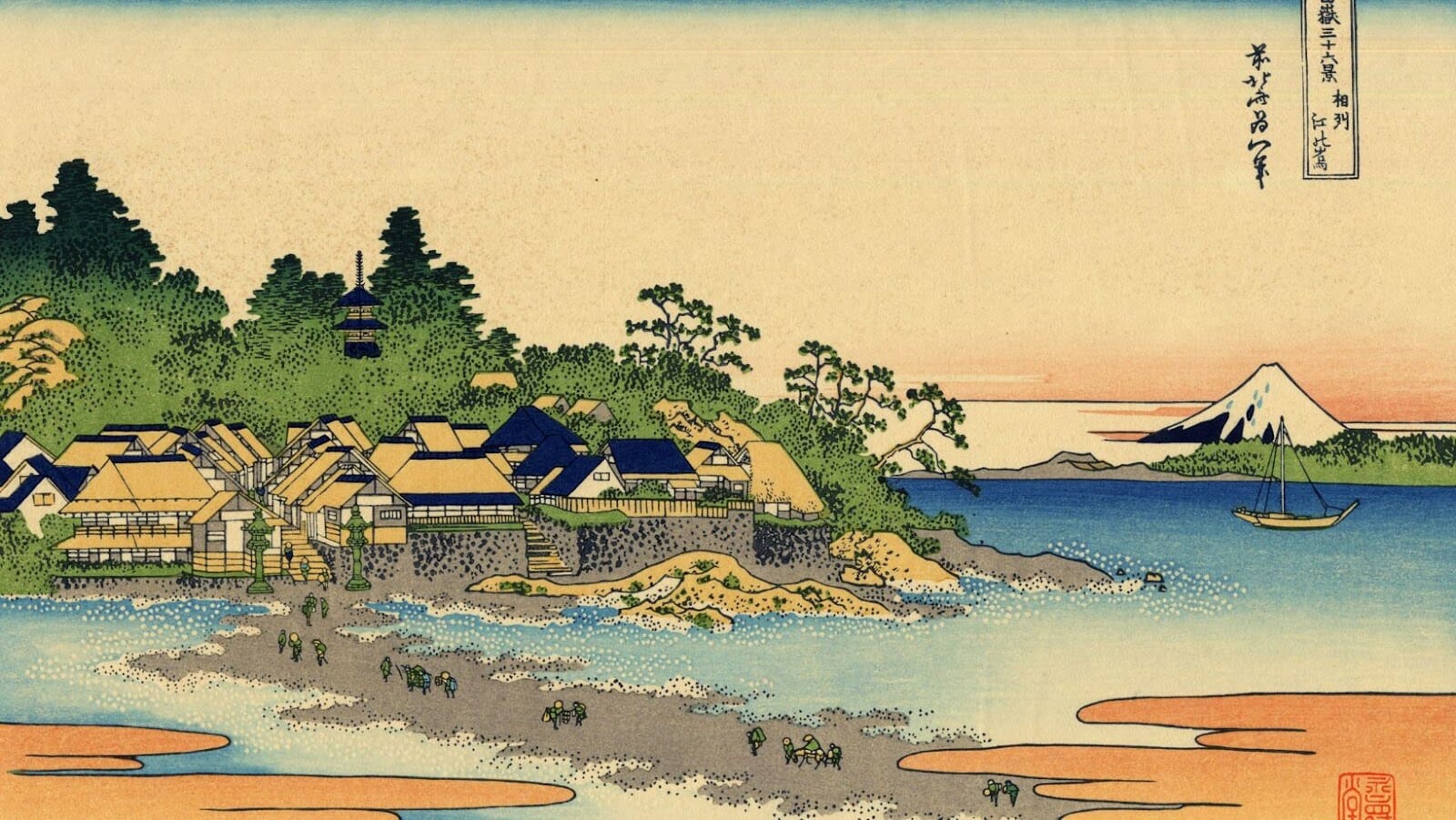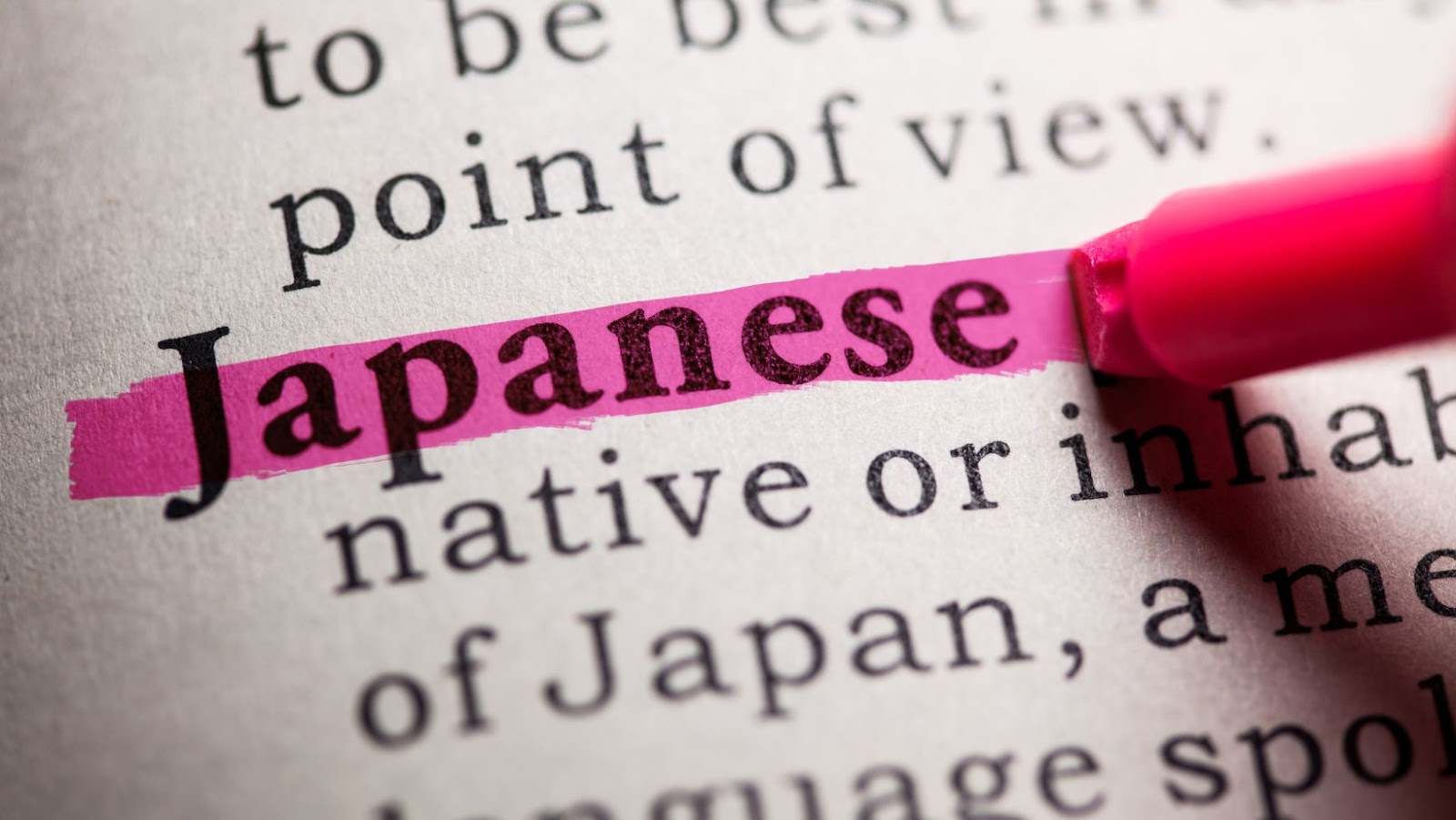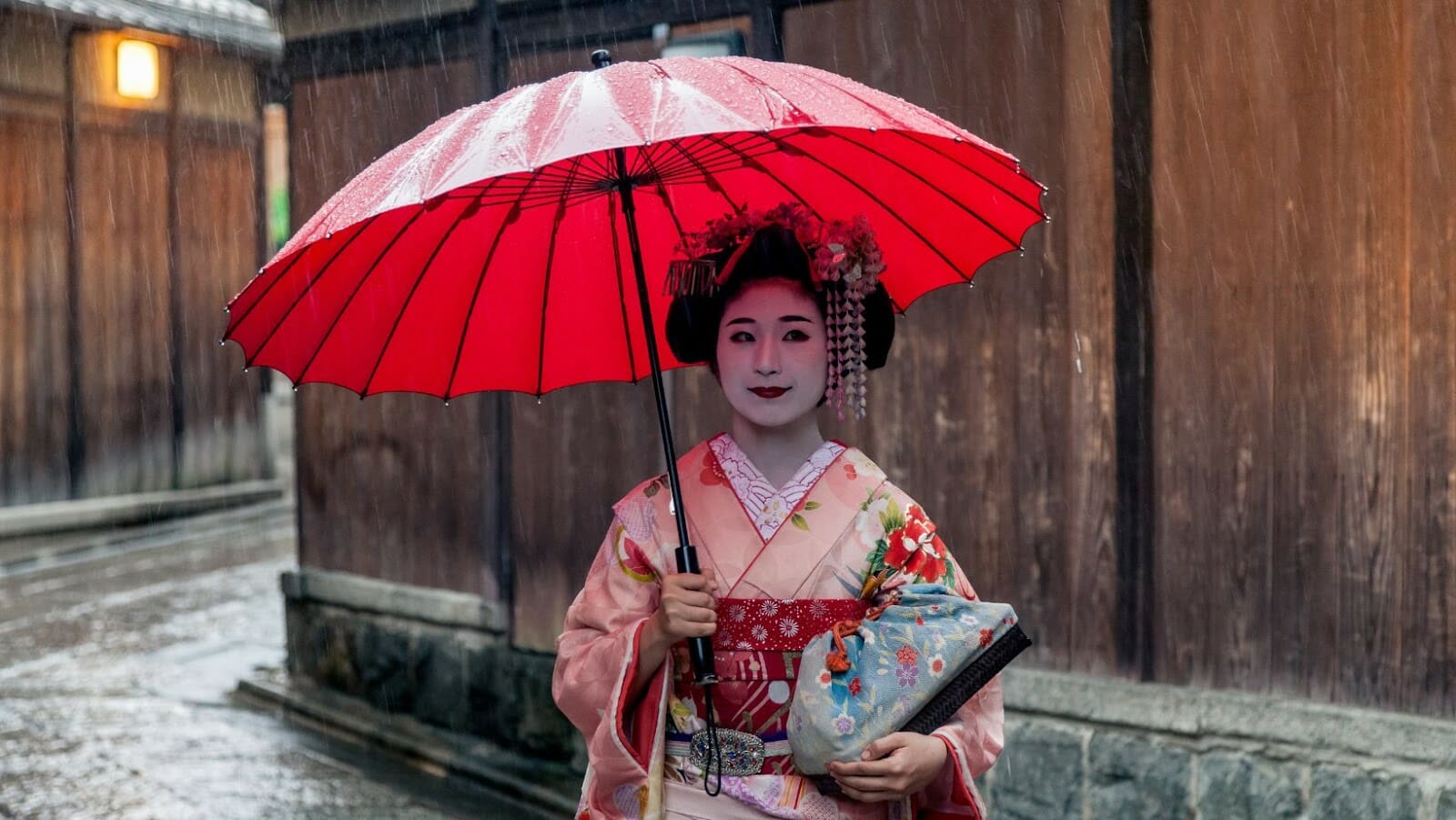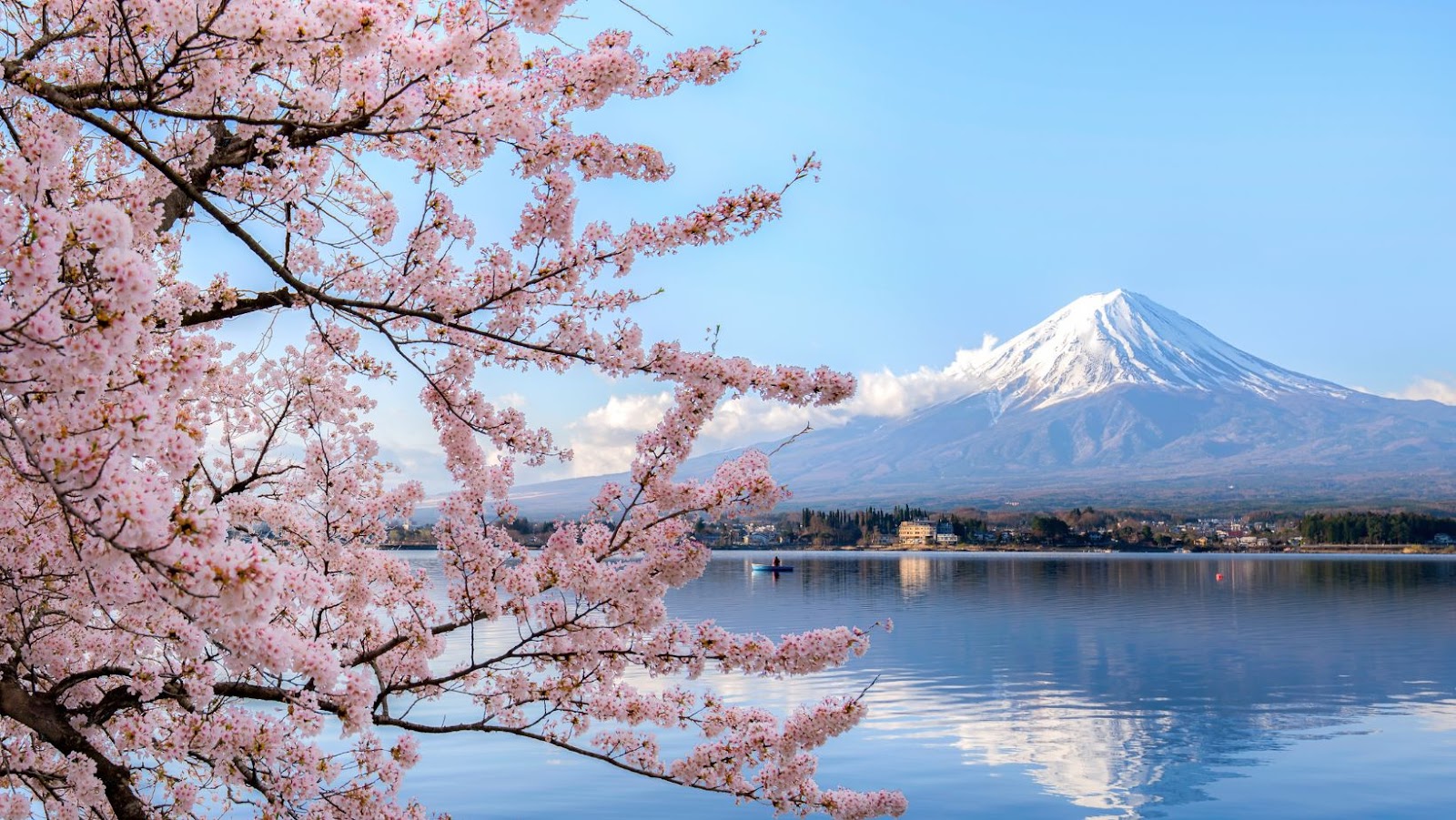Playing cards have long been a beloved pastime in Japan, with archaeological traces of paper playing cards dating as far back as the 11th century. This rich history has been reflected in Japan’s current landscape of the playing card industry.
Let’s explore the history behind the industry and how it has evolved.
Traditional Japanese playing cards – Hanafuda
Hanafuda are traditional Japanese playing cards with a rich history dating back to the late 18th century. Hanafuda cards are often used to play Japanese games, including Koi-Koi and Hachi-Hachi.
Hanafuda cards are typically smaller than traditional western playing cards and feature different images such as various flowers, animals, and landscapes of Japan. They were developed during the Edo period by adapting card designs from Portugal to Japan.
Although the Japanese playing card industry declined in the 20th century due to western-style playing cards and video games, Hanafuda cards continue to be enjoyed by people of all ages in Japan and worldwide. The popularity of Hanafuda has even had a resurgence in recent years, with new designs and themes being added to the traditional set.
Hanafuda is a game and an essential cultural aspect of Japan that represents its rich history and traditions.
Pro tip: Next time you visit Japan, grab some Hanafuda cards as souvenirs to play at home with friends and family.
Western playing cards introduced to Japan
Portuguese traders first introduced Western playing cards to Japan in the late 16th century. The Japanese adapted the “Karuta” cards to feature their traditional mythology and historical figures, creating a unique game form.
Today, the Japanese playing card industry is thriving, with many companies producing unique variations of Karuta, alongside western-style playing cards. Karuta has even become popular as an educational tool, teaching Japanese children about their history and culture through the game.
Despite the popularity of Karuta, the western-style playing card market in Japan has seen a decline in recent years, with younger generations favoring digital games over physical cards. However, some companies adapt to this trend by introducing digital versions of their card games or incorporating technology into the physical cards.
Growing popularity of playing cards in Japan
Playing cards have been a popular pastime in Japan for centuries, with a rich history and culture surrounding the game. The first playing cards were introduced to Japan by the Portuguese in the 16th century, and over the years, the designs and playing styles have evolved to create a unique Japanese style of playing cards.
Today, the Japanese playing card industry is thriving, with many popular brands such as Nintendo and Pokemon producing their decks of cards. As a result, the market is flooded with various decks catering to different tastes and preferences.
With the rise of e-commerce and online marketplaces, it has become easier for international consumers to purchase Japanese playing cards, leading to a surge in popularity worldwide. As Japanese playing cards continue to gain a following and evolve, they will remain a beloved pastime for generations.
Pro tip: If you’re interested in Japanese playing cards, consider adding a unique deck to your collection as a souvenir from your travels or as a conversation starter for your next game night.

Bushocard/3397松平忠吉
The Japanese playing card industry is a billion-dollar business, and recent trends suggest it continues growing. With the rise of digital gaming and increased physical product sales, the industry currently shows great potential.
In this article, we’ll look at the current market trends in the Japanese playing card industry and discuss the opportunities it presents.
Impact of digital gaming on traditional playing cards
The rise of digital gaming has significantly impacted the traditional playing cards industry, particularly in Japan, where playing cards have a rich cultural history.
As younger generations shift towards digital gaming, the demand for traditional playing cards has decreased. This has led to declining production and sales of traditional playing cards in Japan.
However, some Japanese playing card manufacturers are adapting to the changing market by incorporating new designs and technologies to appeal to younger audiences. For example, some manufacturers create playing cards with anime and manga-inspired designs, while others use printing techniques that give the cards a holographic or 3D effect.
Despite the challenges, the Japanese playing card industry remains resilient, with manufacturers continuing to produce high-quality cards for dedicated fans and collectors worldwide.
Rising popularity of luxury playing cards
The Japanese playing card industry has seen a rise in popularity in luxury playing cards in recent years. With intricate designs, high-quality materials, and unique features, luxury playing cards have become a sought-after item for collectors and hobbyists alike in Japan.
The popularity of luxury playing cards can be attributed to their unique designs and features, such as gold foil accents, embossing, and custom tuck boxes. In addition, many luxury playing card sets are limited edition, increasing their value among collectors.
The Japanese playing card industry has adapted to this trend by producing high-quality luxury playing cards to meet the demand. As the popularity of luxury playing cards continues to rise, many players and collectors are interested in seeing what new designs and features Japanese manufacturers will develop next.
Shift towards eco-friendly materials and production methods
With growing environmental concerns, the Japanese playing card industry is shifting towards eco-friendly materials and production methods to reduce carbon footprint while meeting the market demand for sustainable products.
Companies seek alternatives to plastic and non-sustainable materials used to manufacture playing cards. One viable option is the use of recycled paper for production.
In addition, some manufacturers are incorporating organic inks and dyes that are less harmful to the environment in their printing processes. This shift towards eco-friendly materials and production methods helps protect the environment and creates a strong brand image of socially responsible companies.
Embracing new trends and adopting a green approach is increasingly critical for businesses to stay competitive.
Bushocard/4123小雀
The Japanese playing card industry has grown considerably and has become a major player in the global gaming industry.
This article will explore the major players in this industry to give you an overview of the industry’s current state. We will discuss the main companies in this sector and their impact on the industry.
Traditional playing card manufacturers
The Japanese playing card industry has recently seen its fair share of ups and downs. Even so, the nation continues to be a hub for some of the most important traditional playing card manufacturers globally. Some major players in this space include Nintendo, Gakken, and Angel Playing Cards.
Nintendo is popularly known for its video gaming consoles but has been manufacturing playing cards since its inception in 1889. The Japanese company produces a wide range of playing cards such as hanafuda cards, introduced in 1889, and Karuta cards, introduced in 1963.
Gakken is a publishing firm that has produced educational books, magazines, and toy lines for over 70 years. The company is also famous for producing Fuze electronic playing cards.
Angel Playing Cards is a gaming company that has produced high-quality playing cards in Japan for over 130 years. They produce different types of playing cards like Bridge-sized decks, large decks, and miniature decks that attract collectors worldwide.
While some companies have started expanding into other markets, Japanese playing cards remain a cultural touchstone for locals, gaining more overseas acclaim each year.

Emerging luxury playing card brands
The Japanese playing card industry is experiencing a boom, with several luxury brands emerging as major players in the market. These brands offer intricate designs, high-quality materials, and unique features that attract collectors and enthusiasts worldwide.
Some of the emerging luxury playing card brands in Japan include:
1. Momo Playing Cards: Known for their minimalist design and elegant packaging, Momo Playing Cards has gained a reputation for high-quality craftsmanship.
2. Kamonohashi Project: Combining traditional Japanese design elements with modern aesthetics, Kamonohashi Project offers a variety of unique and visually stunning playing cards.
3. Takumi Playing Cards: Made from premium materials and featuring intricate, hand-drawn designs, Takumi Playing Cards are a testament to Japanese craftsmanship and attention to detail.
As the popularity of luxury playing cards continues to grow, we can expect to see more innovative designs and features from Japanese brands in the future.
Independent playing card designers and artists
The Japanese playing card industry is home to several independent designers and artists whose work adds a unique touch to the playing card market.
Some of the major players in this industry are as follows:
Jackson Robinson: Robinson founded Kings Wild Project and is known for his vintage-style, limited edition playing cards.
Junichi Yoshida: Yoshida is a graphic designer known for his intricate and detailed playing card designs, such as the Origami deck.
Ryoma Kagawa: Kagawa is a magician and designer who creates visually-stunning decks, often featuring optical illusions and hidden symbols.
Taro Gomi: Gomi is a well-known children’s author and illustrator who has also ventured into the playing card industry, creating playful and colorful designs.
While the Japanese playing card industry has a long history and a variety of established companies, the work of these independent designers adds a fresh and creative spin on this classic gaming accessory.
Bushocard/2924明智光秀
The Japanese playing card industry is rapidly evolving, with changes in technology and trends introducing new opportunities and challenges. Therefore, to ensure success in the industry, it is essential to understand the current state of the industry, including the challenges and opportunities it presents.
In this article, we will discuss the current state of the Japanese playing card industry and the opportunities and challenges it presents.
Competition from digital gaming and other entertainment products
The Current State Of The Japanese Playing Card Industry is facing unprecedented competition from digital gaming and other entertainment products, posing significant challenges and opportunities for growth.
The rise of digital gaming and mobile apps has resulted in lower demand for traditional playing cards in recent years. However, there are still opportunities for innovation and growth in the industry.
Some Japanese playing card manufacturers have adapted to the changing market by creating new, modern designs and incorporating new features, such as 3D printing or augmented reality. Others have shifted their focus towards producing premium playing cards for collectors and enthusiasts.
While the competition from digital gaming is significant, the Japanese playing card industry still holds a unique cultural significance in Japan and has a loyal following of players and collectors. Moreover, by embracing innovation and new technologies, the industry can thrive in the changing landscape of entertainment products.

Bushocard/4179近江の方
The Japanese playing card industry has immense potential for expanding its exports and international reach, but requires substantial efforts to overcome its current challenges.
The industry’s current state reveals that it is primarily driven by domestic demand, with limited international presence due to the lack of innovation and marketing strategies. However, the industry can leverage its uniqueness in design, technology, and paper quality to expand globally, especially in markets like the USA and Europe, where premium playing cards are in high demand.
The industry must focus on product diversification, digitalization, and improving its supply chain to compete globally. Moreover, targeting niche markets like collectors, magicians, and casinos can help create a loyal customer base and increase exports.
Although challenges like high production costs and stiff competition from foreign players persist, the industry can overcome them through strategic planning, collaborations, and incorporating modern tools and techniques.
The Japanese playing card industry has a bright global future provided it can adapt to changing consumer preferences and emerging marketing trends.
Pro Tip: Involving local artists and designers can help bring a fresh perspective to the industry, allowing it to create unique and innovative designs that appeal to global audiences.
Addressing environmental and sustainability concerns
The Japanese playing card industry has faced increasing environmental and sustainability concerns recently. While these challenges seem daunting, they also present opportunities for the industry to innovate and improve.
Some of the industry’s challenges include using non-sustainable materials, such as plastic, and the environmental impact of production and distribution processes. Many Japanese playing card manufacturers are turning to eco-friendly materials, such as recycled paper, soy ink, and biodegradable plastics to address these concerns. Additionally, many are exploring more efficient production and distribution methods, including implementing renewable energy sources and reducing packaging waste.
These efforts not only benefit the environment, but they also provide a unique selling point for companies in a competitive market. Consumers increasingly prefer sustainable products, and companies that prioritize sustainability can gain customer loyalty and improve their reputation.
Overall, the environmental and sustainability concerns in the Japanese playing card industry may seem daunting, but they present numerous opportunities for innovation and growth. By embracing eco-friendly materials and practices, companies can reduce their environmental impact and gain a competitive advantage in the marketplace.
Pro tip: Consumers can also contribute to sustainability efforts in the playing card industry by purchasing products made from eco-friendly materials and supporting companies that prioritize sustainability.
Bushocard/3722兵主源六
The Japanese playing card industry has remained stable over the years despite the rise of digital games and younger generations’ shift to tech-savvy entertainment options. The industry’s recent shift towards customization and luxury designs has helped it adapt to modern demands while maintaining its traditional roots. While major players like Nintendo and Bandai dominate the market, smaller players are emerging with niche designs and themes.
Looking towards the future, the Japanese playing card industry has the potential to expand its market by collaborating with global brands and creating unique partnerships. Furthermore, the industry can tap into the rising trend of nostalgia marketing by reintroducing classic designs and themes. Moreover, with the increasing demand for sustainable and eco-friendly products, the Japanese playing card industry can also explore eco-friendly materials and production methods.
In conclusion, the Japanese playing card industry has demonstrated its resilience and adaptability over the years, and with the right strategies, it can continue to thrive in the future.


